The cathode materials market is currently characterized by a dynamic competitive landscape, driven by the increasing demand for electric vehicles (EVs) and energy storage solutions. Key players are actively pursuing strategies that emphasize innovation, sustainability, and strategic partnerships to enhance their market positioning. For instance, Livent Corporation (US) has focused on expanding its lithium hydroxide production capabilities, which is crucial for high-performance batteries. Similarly, Albemarle Corporation (US) has been investing in advanced materials technology to improve the efficiency of its lithium compounds, thereby solidifying its role as a leader in the sector. These strategic initiatives collectively contribute to a competitive environment that is increasingly centered around technological advancement and sustainable practices.
In terms of business tactics, companies are localizing manufacturing and optimizing supply chains to enhance operational efficiency and reduce costs. The market structure appears moderately fragmented, with several key players exerting significant influence. This fragmentation allows for a variety of competitive strategies, as companies seek to differentiate themselves through innovation and customer engagement.
In November 2025, BASF Corporation (US) announced a partnership with a leading EV manufacturer to develop next-generation cathode materials aimed at improving battery performance and sustainability. This collaboration is strategically important as it aligns with the growing trend towards eco-friendly solutions in the automotive industry, potentially positioning BASF as a frontrunner in sustainable cathode technology.
In October 2025, Tesla, Inc. (US) revealed plans to expand its battery production facility in Nevada, focusing on the development of new cathode materials that enhance energy density and reduce costs. This move is significant as it not only increases Tesla's production capacity but also reinforces its commitment to innovation in battery technology, which is essential for maintaining its competitive edge in the EV market.
In September 2025, American Battery Technology Company (US) secured a $50M investment to scale its production of lithium-ion battery materials, including cathodes. This funding is crucial for the company as it seeks to enhance its manufacturing capabilities and meet the rising demand for sustainable battery solutions, indicating a strong market interest in innovative cathode materials.
As of December 2025, current competitive trends are heavily influenced by digitalization, sustainability, and the integration of AI technologies. Strategic alliances are increasingly shaping the landscape, as companies recognize the value of collaboration in driving innovation. The competitive differentiation is likely to evolve from traditional price-based competition towards a focus on technological advancements, supply chain reliability, and sustainable practices. This shift underscores the importance of innovation and strategic partnerships in navigating the complexities of the cathode materials market.


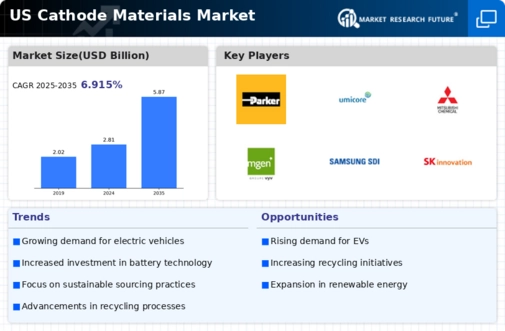
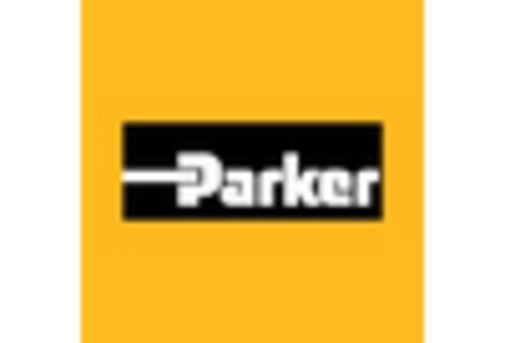
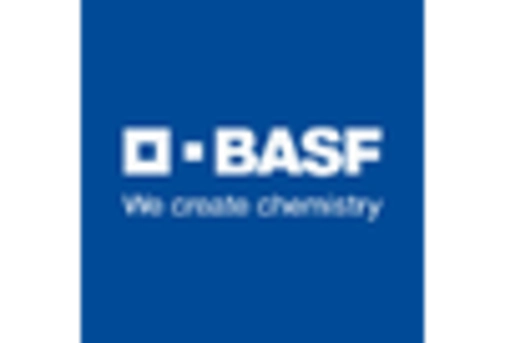
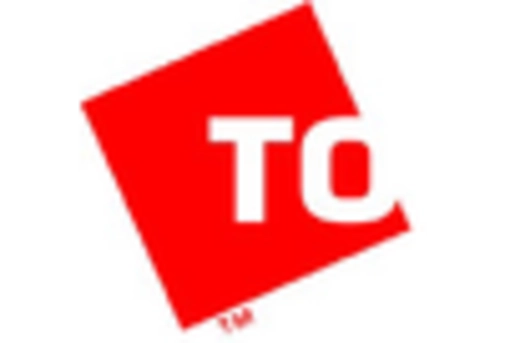
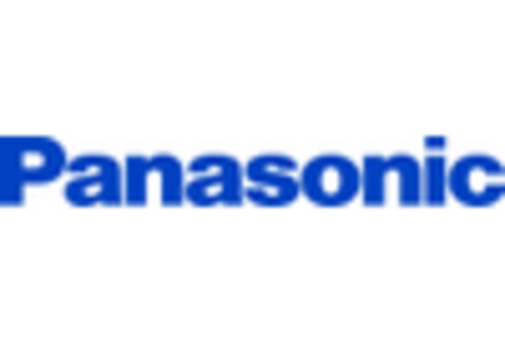

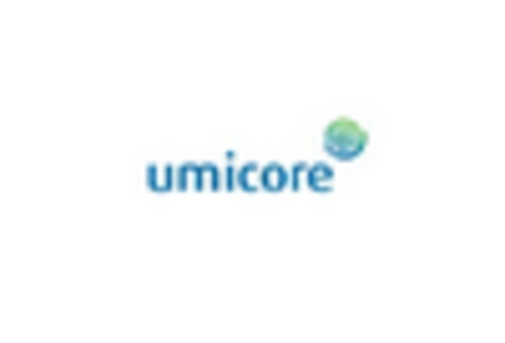
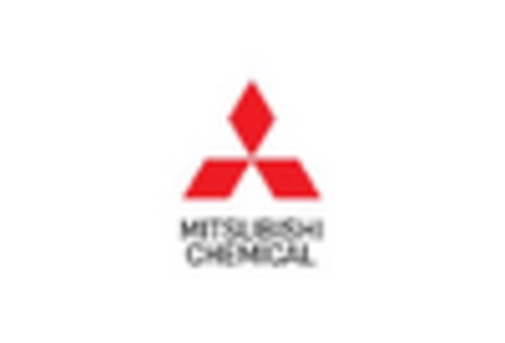
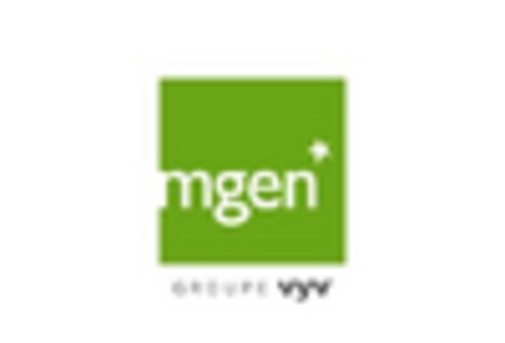
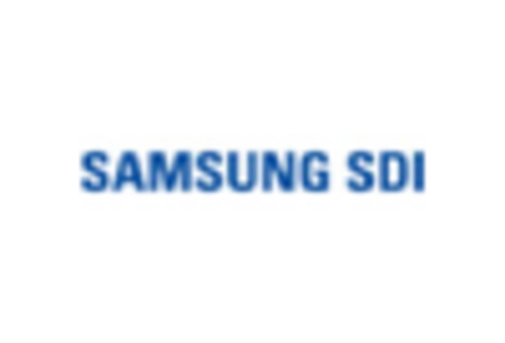
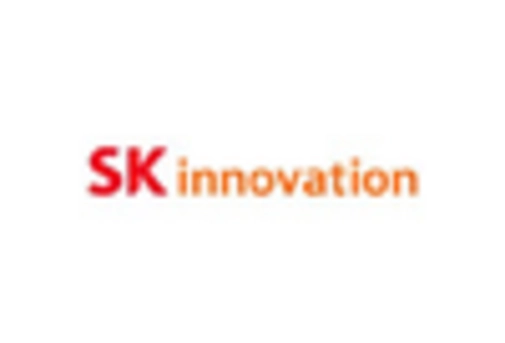
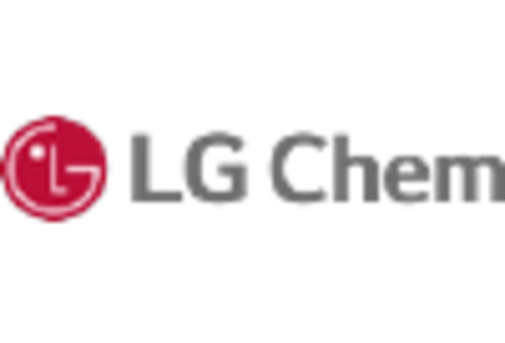








Leave a Comment